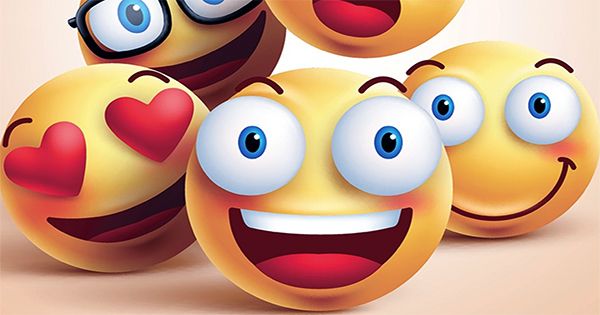At 11:44 a.m. on September 19, 1982, a bulletin board in Pittsburgh changed the world. Carnegie Mellon Scott Fahlman, a professor of computer science, simply wanted to stop the uninterrupted shaking of the boards. Instead, he invented the emoticon:
19-Sep-82 11:44 Scott E Fahlman 🙂
From: Scott E Fahlman <Fahlman at Cmu-20c>
I propose that the following character sequence for joke markers:
🙂
Read it sideways. Actually, it is probably more economical to mark
NOT jokes, given current trends. For this, use
🙁
Since then, emoticons – along with their spiritual successors, emojis – have transformed the way we communicate. In fact, they’ve become so ubiquitous that the word Oxford Decorations ’2015 was a laugh-cry emoji. And to some people you might believe that they are degrading the English language, experts say they actually enrich the conversation. Of course, English is not the only language to use emojis, and a new study published in online social networks and media journals reveals the differences and similarities between emoji uses around the world.
“Despite their ubiquity in human social media communication, there are many questions about the use of emoji that have not been considered in detail,” the study explained, “has created a prominent research study to answer some of E and its questions.” The study was a huge undertaking. For a month, researchers analyzed “Twitter Decohose” – it’s ten percent of the entire public output of social media platforms. To put things in context, an average of 6,000 tweets are sent per second, and the average tweet length is about 85 characters long, which means researchers had to pierce about 41,000 valuable online rumblings of the Bible.
So what did they get? After all, even after picking literally thousands of emojis, most tweeters are an irrational bunch. According to top author Mayank Kejriwal, most of the emojis you see in wildlife come from just over 100 selections. But more importantly, Kejriwal says, emojis reveal something fundamental about the human condition. Worldwide, researchers found that universal emotions predominated, while dividing icons such as flags were rare. Emoji populations are strikingly similar in languages - and they reveal links between languages that you probably wouldn’t expect.
















